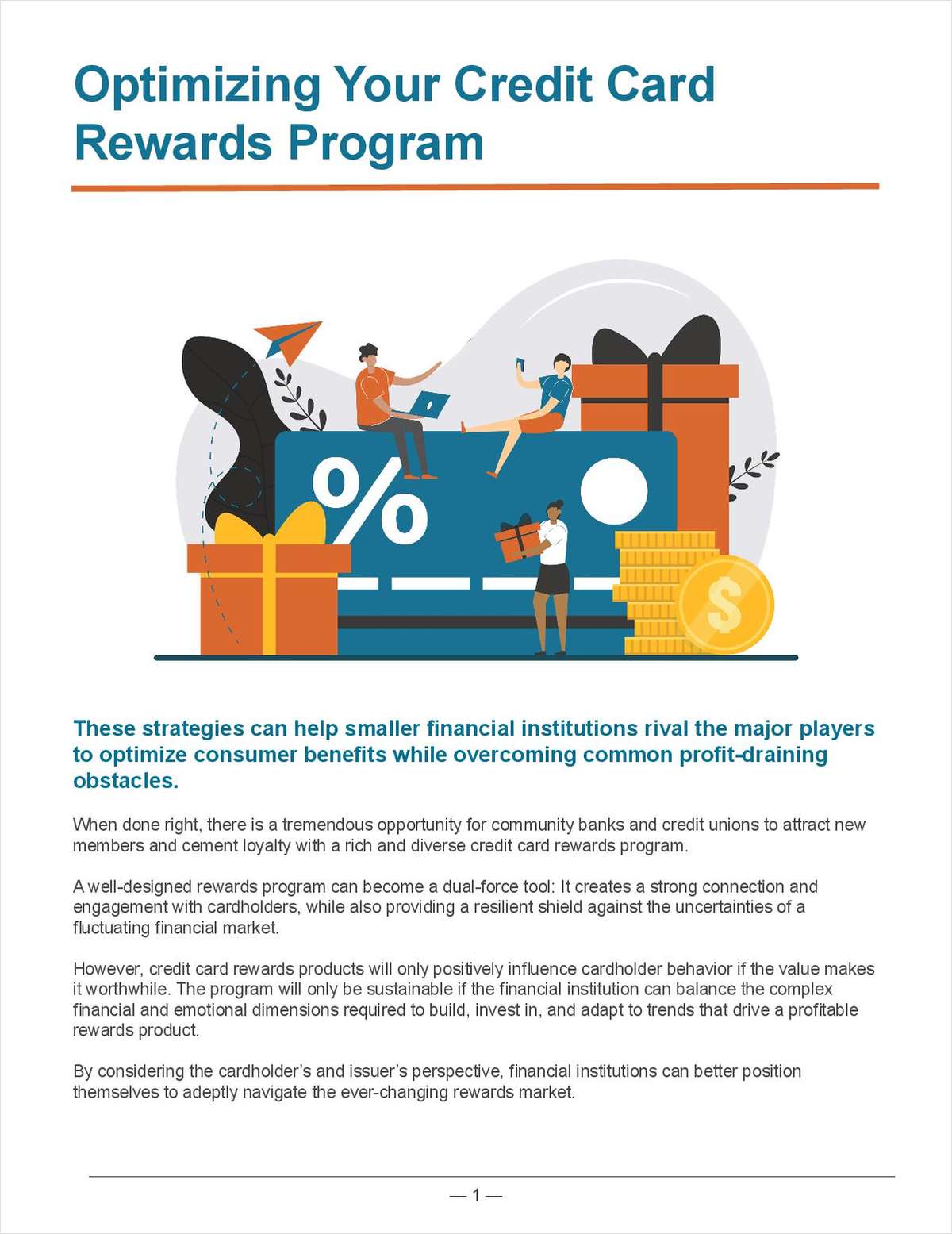© 2025 ALM Global, LLC, All Rights Reserved. Request academic re-use from www.copyright.com. All other uses, submit a request to [email protected]. For more information visit Asset & Logo Licensing.
Error
An error occurred while fetching the data.
Error details: Error: INTERNAL_ERROR for 1a98a22e-ea5e-ff84-1688-eecf6fefda24: {"response":{"errors":[{"message":"INTERNAL_ERROR for 1a98a22e-ea5e-ff84-1688-eecf6fefda24","locations":[{"line":9,"column":40}],"path":["articleData"],"extensions":{"classification":"INTERNAL_ERROR"}},{"message":"INTERNAL_ERROR for 1a98a22e-ea5e-ff84-1688-eecf6fefda24","locations":[{"line":87,"column":7}],"path":["articlePackages"],"extensions":{"classification":"INTERNAL_ERROR"}},{"message":"INTERNAL_ERROR for 1a98a22e-ea5e-ff84-1688-eecf6fefda24","locations":[{"line":109,"column":7}],"path":["youmightlike"],"extensions":{"classification":"INTERNAL_ERROR"}},{"message":"INTERNAL_ERROR for 1a98a22e-ea5e-ff84-1688-eecf6fefda24","locations":[{"line":123,"column":7}],"path":["readnext"],"extensions":{"classification":"INTERNAL_ERROR"}}],"data":{"articleData":null,"articlePackages":null,"youmightlike":null,"readnext":null},"extensions":{"DateTime":"2025-02-05T20:54:52.933870533","ResponseTime":"?","AuthorizedUser":false,"AlmContext":"AlmContext{clientIP='10.0.253.254', internalIP='true', origin='', authorizedUser='false', Chinchilla, userAccount='null', UCID=null, ipAccount='null'}","NavServiceResponse":{"message":"No Content","action":"show-404","data":"","placResultsPublic":null},"DebuggingData":null,"UsedCache":"false","DataUrl":"http://ml2.alm.com:9216/bff-services/content/get-you-may-like-for-content.xqy?naturalId=/2015/10/20/black-friday-security-basics-preventing-fraud-on-a/&site=www.cutimes.com&total="},"status":200,"headers":{}},"request":{"query":"\n####\n####\n# QUERY\n# ROUTE:/2015/10/20/black-friday-security-basics-preventing-fraud-on-a/\n####\n\n\nquery CUTimes__view_article_no_sitedir{articleData:\n getContent(naturalId: \"/2015/10/20/black-friday-security-basics-preventing-fraud-on-a/\", site:\"cutimes.com\") {\n uri\n canonicalUrl\n generatedId\n naturalId\n type\n postFormat\n kickerPresentedBy {\n \t\t label\n \t\t value\n \t\t}\n breadcrumb{\n name\n \t\turi\n }\n presentedBy\n title\n readtime\n timeToRead\n prettyModified\n prettyDateTime\n needToKnow\n byline\n showDisclaimer\n authors {\n name\n description\n imageLarge\n webUrl\n }\n publication\n kicker\n kickerNode {\n name\n slug\n uri\n sectionName\n }\n prettyDate\n prettyDateTime\n pubDate\n modifiedDate\n isDownload\n primaryCategory {\n channelName\n sectionName\n name\n uri\n slug\n channelUri\n }\n tags\n image {\n uri\n width\n height\n alt\n }\n embed1\n embed2\n summary\n categories {\n name\n uri\n channelName\n }\n bodyArray\n slides {\n title\n image\n caption\n height\n width\n }\n video\n\n }\n articlePackages:\n getPackagesForArticle(docId: \"/2015/10/20/black-friday-security-basics-preventing-fraud-on-a/\", limit: 3, publication:\"cutimes.com\") {\n title \n slug\n type \n summary\n cssFile\n navigations {\n name\n link\n }\n articles {\n title\n kicker\n uri\n image {\n uri\n }\n }\n\n \n }\n youmightlike:\n getYouMayLikeForContent(naturalId: \"/2015/10/20/black-friday-security-basics-preventing-fraud-on-a/\", site:\"cutimes.com\") {\n uri\n title\n byline\n prettyDate\n readtime\n image {\n uri\n width\n height\n }\n summary\n }\n readnext:\n getStatsList(site:\"cutimes.com\", topic: \"\", limit: 5, timeframe: \"3days\" ) {\n contents {\n uri\n title\n byline\n summary\n prettyDate\n kicker\n image {\n uri\n width\n height\n }\n breadcrumb{\n name\n \t\turi\n }\n primaryCategory {\n name\n uri\n channelName\n channelUri\n }\n breadcrumb {\n name\n uri\n }\n }\n\n }\n }"}}
Go Home
Resource Center

Playbook
Sponsored by Alkami
The 2025 Digital Banking Playbook
The future of banking demands more than innovation--it requires actionable strategies. This 2025 playbook outlines 3 key strategies your credit union must adopt to thrive.

White Paper
Sponsored by Elan Credit Card
Optimizing Your Credit Card Rewards Program
Struggling to find the balance between an appealing credit card rewards program and the cost of managing it? These consumer trends and industry perspectives will help guide your credit union to building a viable program in 2025.

Report
Sponsored by Alkami
Business Banking Digital Maturity Model
Packed with data, insights and actionable strategies, this report outlines how your credit union can accelerate digital transformation initiatives in business banking to maintain market share in the increasingly competitive sector.



